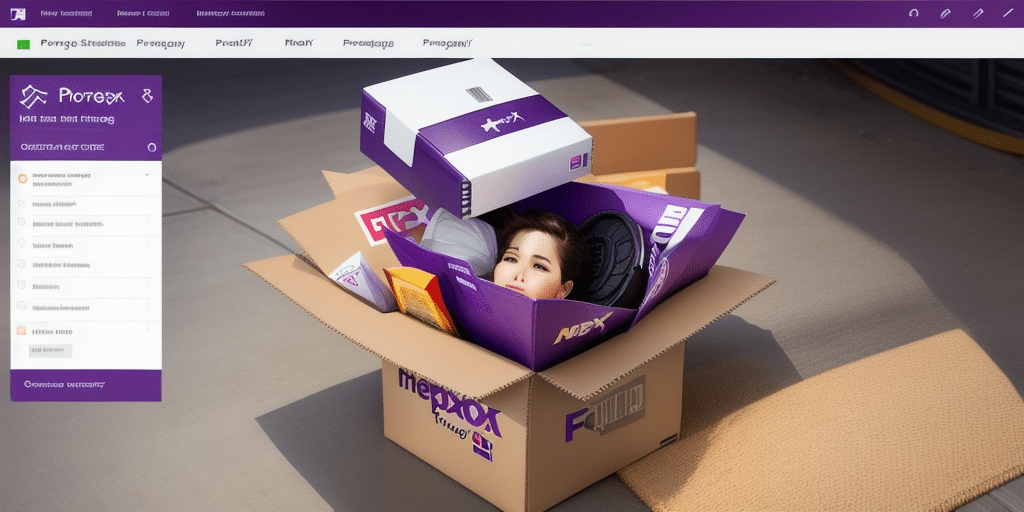Understanding the FedEx Ship Manager Proxy Problem
If you are experiencing issues with the FedEx Ship Manager connecting through a proxy server, you are not alone. Many users encounter difficulties that can hinder their shipping operations. This article explores the reasons behind these proxy problems, the role of proxy servers in shipping, and effective solutions to ensure smooth functionality.
Common Causes of Proxy Issues in FedEx Ship Manager
Incorrect Proxy Configuration
The most prevalent cause of proxy problems is incorrect configuration. If the proxy server settings are not properly aligned with FedEx Ship Manager requirements, connection attempts may fail. Ensuring that the proxy address, port, and authentication details are accurately entered is crucial.
Outdated Software
Using an outdated version of FedEx Ship Manager can lead to compatibility issues with modern proxy servers. Regular updates are essential to maintain seamless connectivity and access to the latest features and security patches.
Network Bandwidth Limitations
Insufficient bandwidth can impede the software's ability to communicate effectively with FedEx servers. High latency or restricted bandwidth may result in slow response times or failed transactions, disrupting shipping operations.
Firewall and Security Settings
Misconfigured firewall settings can block necessary ports and protocols required for FedEx Ship Manager to communicate through the proxy server. Proper firewall configuration is essential to allow legitimate traffic while maintaining security.
The Role of Proxy Servers in Shipping Operations
Enhancing Security and Privacy
Proxy servers act as intermediaries between your computer and the internet, providing an additional layer of security by masking IP addresses and encrypting data transmissions. This helps protect sensitive shipping information from unauthorized access.
Improving Network Performance
By caching frequently accessed data, proxy servers can reduce load times and improve overall network performance. This ensures that shipping operations run smoothly without unnecessary delays.
Facilitating Access to Restricted Content
In some cases, proxy servers enable access to restricted or geographically limited content, which can be beneficial for businesses operating in regions with stringent internet regulations.
Troubleshooting FedEx Ship Manager Proxy Problems
Step 1: Verify Proxy Settings
Double-check the proxy server address, port number, and authentication details in the FedEx Ship Manager settings. Ensure they match the information provided by your network administrator.
Step 2: Update the Software
Ensure that you are using the latest version of FedEx Ship Manager. Visit the official FedEx Ship Manager page to download updates and patches.
Step 3: Test Network Connectivity
Use network diagnostic tools to check the stability and speed of your internet connection. Tools like Speedtest can help identify bandwidth issues.
Step 4: Configure Firewall Settings
Adjust your firewall settings to allow FedEx Ship Manager to communicate through the proxy server. Refer to your firewall's documentation or consult with your IT department for guidance.
Step 5: Contact Support
If the issue persists, reach out to FedEx Customer Support or your IT service provider for specialized assistance.
Best Practices to Prevent Future Proxy Issues
Regular Software Updates
Keep FedEx Ship Manager and all related software up to date to ensure compatibility with proxy servers and to benefit from the latest security enhancements.
Consistent Network Monitoring
Implement continuous network monitoring to detect and address bandwidth issues or unusual traffic patterns that could affect shipping operations.
Proper Firewall Management
Regularly review and update firewall configurations to adapt to any changes in network infrastructure or security requirements.
Training and Documentation
Provide comprehensive training for employees on how to use FedEx Ship Manager effectively and maintain best practices for proxy server configurations.
Alternative Shipping Solutions
If persistent proxy issues hinder the use of FedEx Ship Manager, consider alternative shipping software solutions that may offer better compatibility and reliability. Options include:
- ShipStation - Known for its robust integration capabilities and user-friendly interface.
- EasyShip - Offers comprehensive shipping and logistics management tools.
- Shopify Shipping - Ideal for e-commerce businesses looking for integrated solutions.
Exploring these alternatives can help identify a solution that best fits your business needs and technical environment.
Conclusion
Resolving the FedEx Ship Manager proxy problem requires a systematic approach to identify and address underlying issues. By understanding the common causes, implementing effective troubleshooting steps, and adhering to best practices, businesses can minimize disruptions to their shipping operations. Additionally, considering alternative shipping solutions can provide flexibility and resilience in managing logistics needs.
Staying proactive with software updates, network monitoring, and employee training will further ensure that your shipping processes remain efficient and secure. For more detailed guidance, refer to official FedEx resources or consult with IT professionals to tailor solutions to your specific circumstances.




















